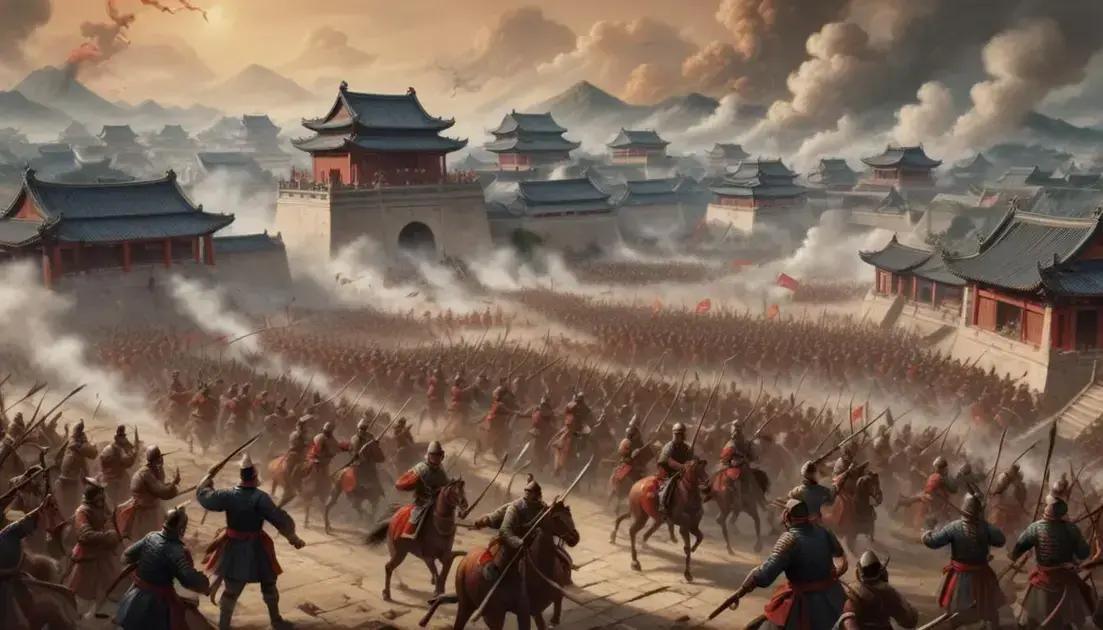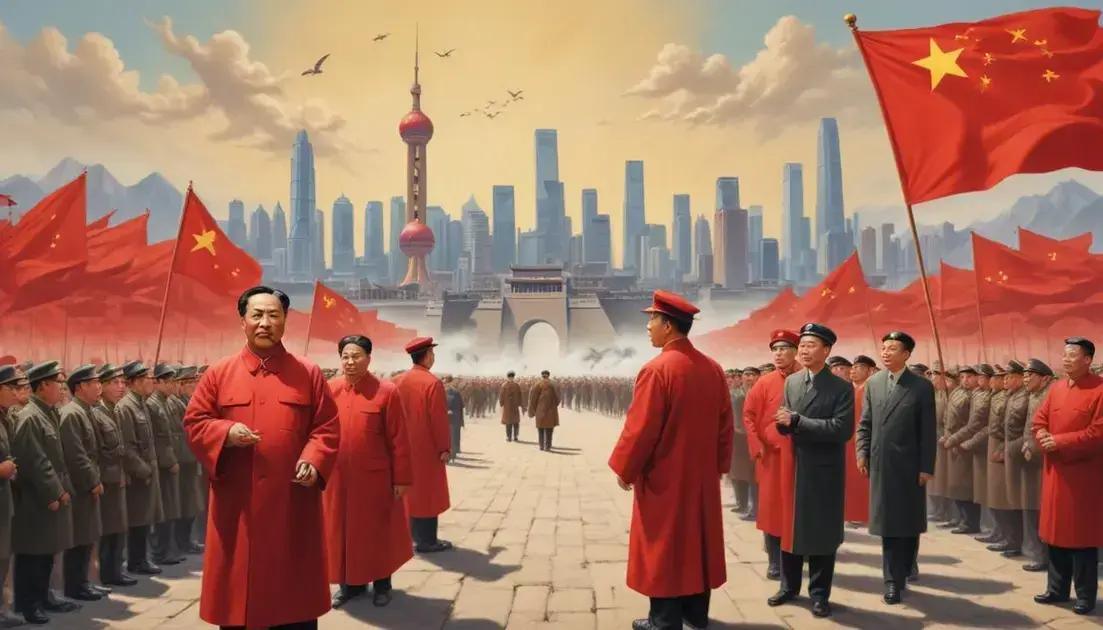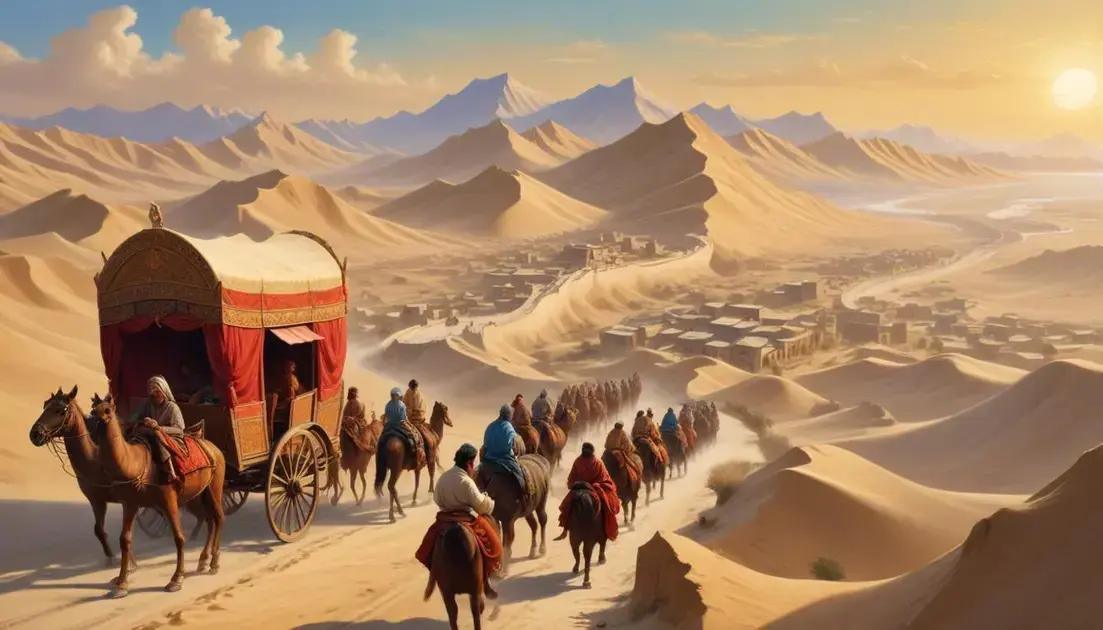
Taiping Rebellion: Chinese Civil War and Religious Utopia
The Taiping Rebellion, a significant conflict in 19th-century China, was marked by deep social and cultural changes. Led by Hong Xiuquan, it aimed to challenge the Qing Dynasty and promote a vision of equality. This civil war resulted in millions of deaths and fostered new ideas about gender roles and social justice. Its legacy continues to influence China today, highlighting the enduring struggle for rights and the impact of collective action against authority.
Looking to grasp the significance of the Taiping Rebellion? This monumental civil conflict not only changed the landscape of Chinese society but also challenged imperial authority in unprecedented ways. Dive in for a closer look!
1. Understanding the Taiping Rebellion
The Taiping Rebellion was one of the deadliest wars in history. It started in 1850 and lasted until 1864 in China. This major civil war led by Hong Xiuquan created a new society dream. Hong believed he was the brother of Jesus, and he aimed to create a heavenly kingdom on Earth.
Background of the Rebellion
The rebellion began against the ruling Qing Dynasty, which was struggling at the time. Many farmers were unhappy due to poverty and corruption. Their anger led them to join Hong in his quest for change.
Major Events
In the early years, the Taiping forces had many victories. At their peak, they controlled large parts of southern China. They established Nanjing as their capital and began implementing their social reforms.
Social Changes
The Taiping movement also pushed for changes in society. They aimed to reduce the power of traditional Confucian values and promoted gender equality. Women played a significant role in their army and society.
End of the Rebellion
Despite initial successes, the Taiping Rebellion faced many challenges. The Qing Dynasty, along with foreign powers, eventually crushed the movement. The rebellion resulted in millions of deaths and significantly impacted China’s history.
Today, understanding the Taiping Rebellion helps us grasp the struggles China faced and how these conflicts shaped its future.
2. Key figures and events
During the Taiping Rebellion, several key figures emerged. Each played a significant role in shaping the movement’s path and its impact on China.
Hong Xiuquan
Hong Xiuquan was the leader of the Taiping Rebellion. He believed he was the younger brother of Jesus. This belief inspired many to join his cause for change.
Yang Xiuqing
Yang Xiuqing was another important figure. He served as Hong’s chief advisor. Yang was known for his charisma and ability to inspire Taiping soldiers.
General Zeng Guofan
Zeng Guofan was a leading Qing general. He took charge of the Qing forces to fight against the Taiping. His strategies and leadership were crucial in quelling the rebellion.
Important Events
Several major events marked the rebellion. The Taiping army captured Nanjing in 1853, making it their capital. The fall of major cities like Shanghai and Hangzhou followed.
The Battle of Tientsin
The Battle of Tientsin in 1856 marked a turning point. The Qing forces, led by Zeng Guofan, scored a significant victory against the Taiping.
These figures and events shaped the course of the Taiping Rebellion. Understanding their roles gives us a clearer view of this complex conflict.
3. The social and cultural impact
The Taiping Rebellion had a major social and cultural impact on China. It changed lives and challenged traditional values. Many people were affected by the conflict and its ideas.
Change in Gender Roles
One significant impact was on gender roles. The Taiping movement promoted women’s rights more than many previous societies. Women could fight alongside men and take part in leadership roles.
Religious Influences
The rebellion also introduced new religious ideas. Hong Xiuquan’s beliefs created a blend of Christianity and local customs. This new faith drew many followers and offered hope to those suffering.
Shift in Social Structures
During the rebellion, traditional hierarchies were challenged. The Taiping sought to create a more equal society. They abolished practices like foot-binding, which restricted women’s freedom.
Impact on Communities
The rebellion destroyed many towns and villages. This loss changed communities forever. Survivors had to rebuild their lives amidst the chaos and devastation.
In the end, the Taiping Rebellion left a lasting mark on Chinese society and culture. It reshaped ideas about gender, religion, and social order.
4. Legacy of the rebellion
The Taiping Rebellion left a deep legacy on Chinese history. Its effects are still seen and felt today. This conflict changed the way many view politics, society, and culture in China.
Political Changes
The aftermath of the rebellion pushed the Qing Dynasty to reform. They realized they needed to modernize to avoid more uprisings. New policies aimed at strengthening the empire emerged, though not enough to save it.
Social Impact
The rebellion also impacted social norms. It raised awareness of class struggles and the need for social justice. These ideas inspired future movements in China all the way to the 20th century.
Cultural Influence
Artistically, the Taiping Rebellion influenced literature and art. Many writers and painters depicted the conflict, capturing its brutality and the hopes of the people.
Lessons Learned
Ultimately, the Taiping Rebellion serves as a reminder of the power of the people. It shows how collective action can challenge authority and demand change.
Understanding the legacy of the Taiping Rebellion helps us see how it laid the groundwork for future events in China’s complex history.
5. Conclusion
Understanding the Taiping Rebellion gives us important insights into Chinese history. This major conflict was not just a civil war; it changed society forever.
Reflection on the Taiping Rebellion
The rebellion showed the struggle of ordinary people seeking change. It also highlighted how deeply tied religion and politics can be.
Lessons from History
By studying the Taiping Rebellion, we learn about the impact of movements for social justice. Such movements can inspire future generations to stand up for their rights.
Continuing Relevance
Even today, the ideas that emerged from the Taiping Rebellion resonate. They remind us that the quest for equality and justice continues in many forms.
The legacy of the Taiping Rebellion still shapes China and influences its path forward.
Conclusion
In conclusion, the Taiping Rebellion was a pivotal moment in Chinese history. It showed the power of ordinary people seeking change and highlighted struggles for rights and equality. The ideas and lessons from this conflict continue to resonate today.
By understanding the social and cultural impacts of the rebellion, we see how it shaped modern China. It teaches us that the quest for justice does not end; it carries on through time. We carry the legacy of the Taiping Rebellion as a reminder that every voice matters and every effort toward change counts.
Ultimately, learning from the past allows us to build a better future. The stories of individuals in the Taiping Rebellion inspire us to continue striving for a society where everyone is treated fairly.


